After Its Deadliest Year, American Rally Presses on Regardless
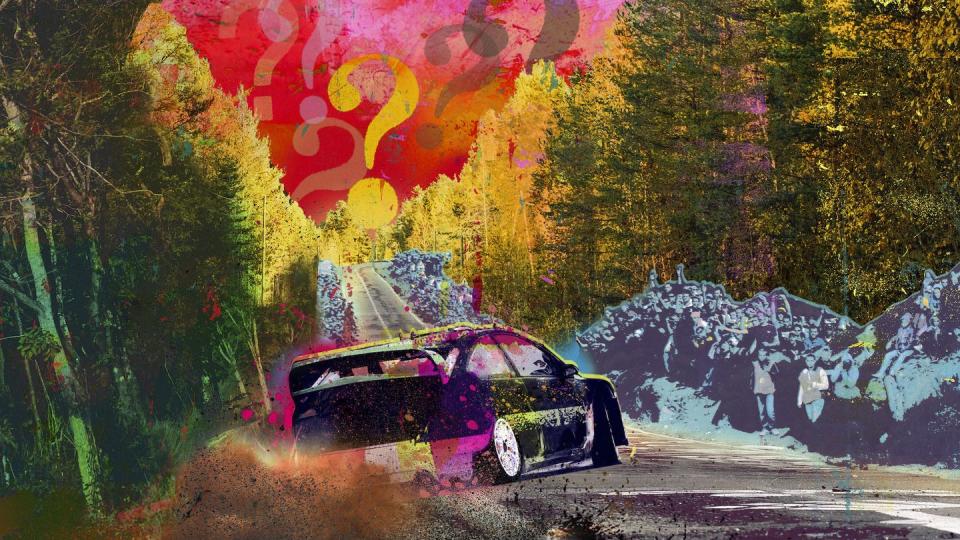
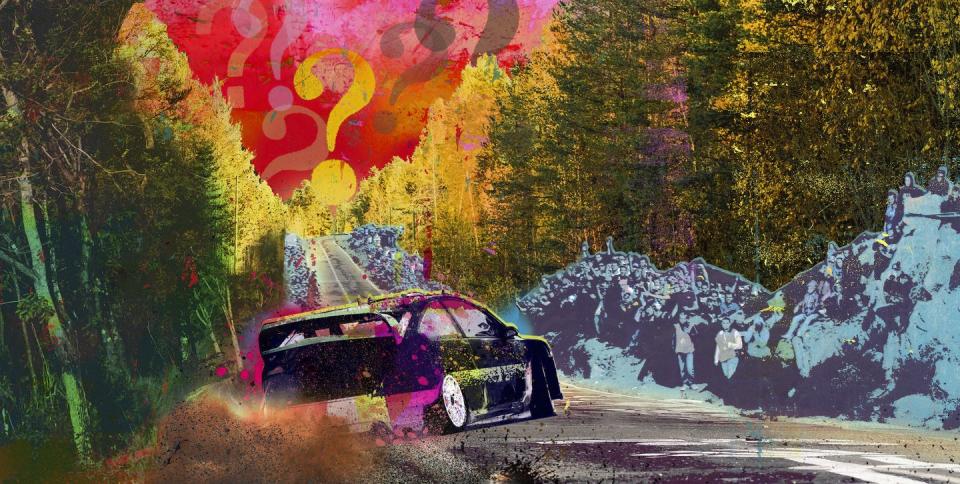
Last year was supposed to be a celebration: 50 years of stage rallying in America. That’s 50 years of organized competition on dirt, snow, and ice-covered roads in the vast wilderness of America. A half-century of car modifications, roll cages, and bonfires. Instead, 2023 became the year of loss and grief.
In fact, the previous 19 months have hit the rally world hard: three deaths during rallies and two other drivers, including one of the sport’s biggest, passing away after crashes away from the course.
The first incident happened in July in Maine at the New England Forest Rally when Erin Kelly, 48, a co-driver, died after a crash; the rally was suspended and never completed. Then Kubo Kordisch, 42, crashed at the Show Me Rally; the event was suspended after the crash. Finally, in December, Neil Thomas Carlinschauer crashed his beloved Mustang at the Nemandji Forest Rally and died. Preston Osborn, American Rally Association (ARA) competition director, confirmed that all the incidents involved trees but did not provide any details on how or why the accidents happened.
“Motorsports [are] inherently dangerous and rally is its own form of racing because we’re not on established tracks. They’re not purpose-built racetracks. We’re racing on what are typically public roads that were built for public transportation, and that’s part of what makes rally exciting,” Osborn says. “With that, our fatalities last year, all of them, were impacts with trees. That is really what it comes down to.”
Before the rally incidents of 2023, the sport was already mourning.
Rally lost one of its superstars in January of that year when Ken Block died after a snowmobile accident near his ranch in Woodland, Utah. He was 55 and one of the sport’s most recognized names.
Before that, grassroots driver Al Dantes Jr. was killed in 2022 when a semi-truck driver crashed into the gas station where he was fueling up in L’Anse, Michigan. He was 43 and had been racing since 2007.
It’s no secret that danger lurks around every corner in motorsports like stage rally. No escaping it. Yet, we think it can’t and won’t happen to us—until one day it does. There’s no getting away, but for how many events, racers, and riders there are, the inevitable rarely happens. The last time a competitor died at a stage rally was 2011. That’s 12 years of rallies and accidents and everyone surviving. But when something terrible happens, it puts everyone back on alert, forcing the governing body to examine its safety protocols.
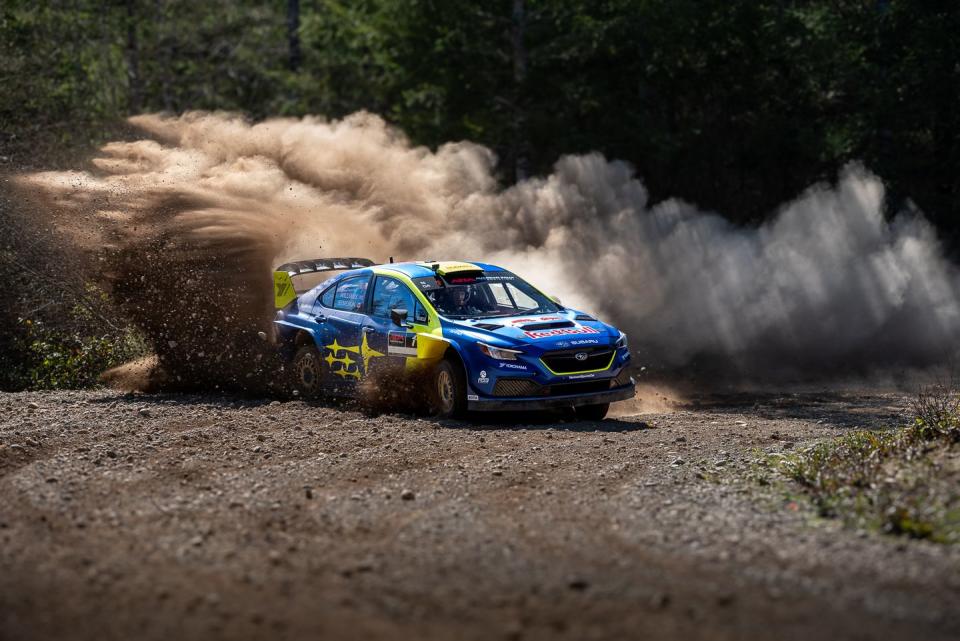
“While we understand and appreciate that we couldn’t change the outcome of fatalities last year, it’s looking at it, okay, where else can we make advancements? We’ve added a safety delegate committee,” Osborn says. “It’s basically in addition to the safety that we’ve been overseeing for the past few years. We’ve now added more individuals to a committee just to have more eyeballs on everything. And that’s made up of former competitors, former organizers, current competitors, and current organizers to put as many eyes onto routes and courses as possible.”
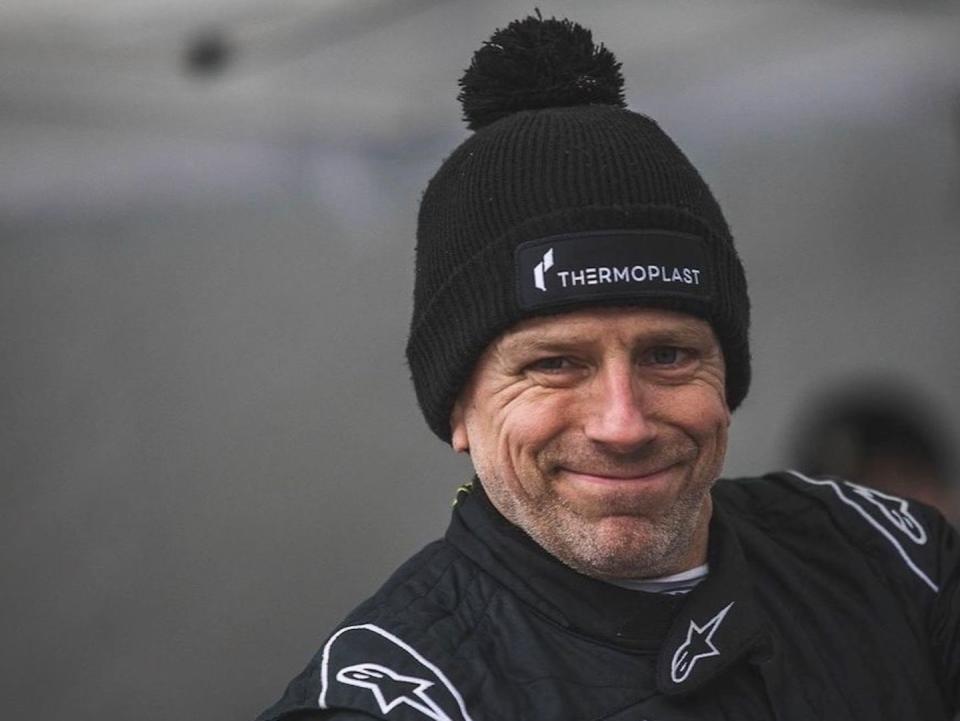
After Obsorn spoke to Road & Track, ARA announced that it had hired Antoine L’Estage to become its National Championship safety delegate, driver of the ARA safety vehicle, and member of the ARA safety committee. L’Estage is the most successful Canadian Rally Championship racer and regularly competed for the championship in his private Mitsubishi in the States as an underdog who raced against factory Subarus. When he had enough money to buy his own WRC car that could compete with the speed of the rest of the field and finally claim an elusive championship, he went off the road, crashed into trees, and destroyed his car. Now, the ARA wants him to bring his experience as a driver to help make the sport safer because it wanted someone “drivers would respect and who has the experience to help improve safety” in a meaningful way.
“What we’re trying to do is promote safety, and the car and driving is a step in that process,” L’Estage told Road & Track. “I am driving a car prior to the competitors, and we’re also working with the events to look closely at their stages from a safety aspect and working on training and notifying the teams about potential tricky spots.”
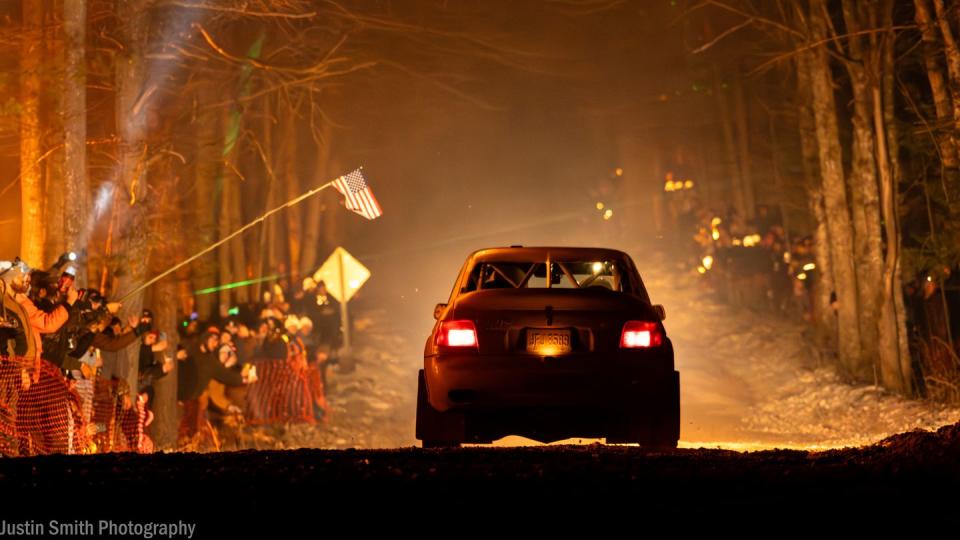
L’Estage says he’s been hired to work with a team of people behind the scenes to promote safety. On top of driving the stages, his team will suggest changes or places to put up signs letting drivers know about an upcoming turn.
The deaths were acutely felt by the rally community because the connections between its members run deep and tight. In America, rally is family. The sport isn’t as big as it is in Europe, and it’s not NASCAR or Formula 1. It lives on the gravel roads less traveled. This underground status allows for something special, though: It brings together everyone involved. To make it work, drivers, volunteers, and fans all need to be in it collectively. The ecosystem needs each element to survive.
And while family can make something special, it requires a wealth of dedication and deep obsession to keep people involved and continue to bring people back. Rally racing has a gravity to it that makes it impossible to escape for those who get sucked in.
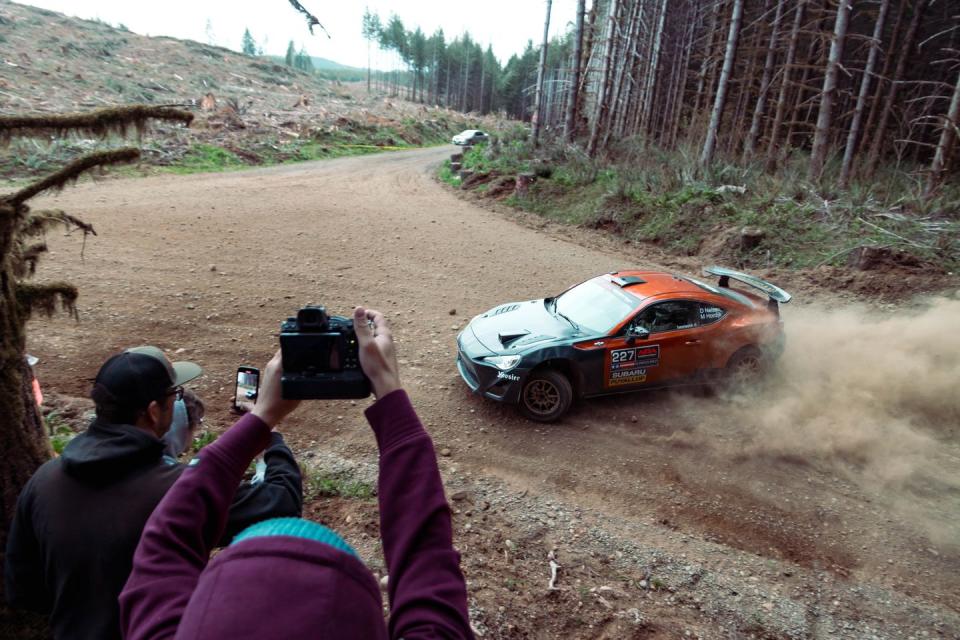
Steve Gingras got his first taste as a middle schooler in Marquette in Michigan’s Upper Peninsula. In 1974, his father took him to a mall parking lot, and there, he saw these cars with stickers on them and drivers with funky names hanging around. His father took him, and he now knows he should have asked for autographs.
“As I got more involved in rally, those [people] ended up being idols,” Gingras says.
Soon after, Gingras’s best friend asked him if he wanted to work on a rally car with someone from his church. “That was really where, I think, I was infected with rally. Since then, it’s been a total focus, all-consuming. And it still is today. I got up this morning, and before I went to work, I was doing rally stuff.”
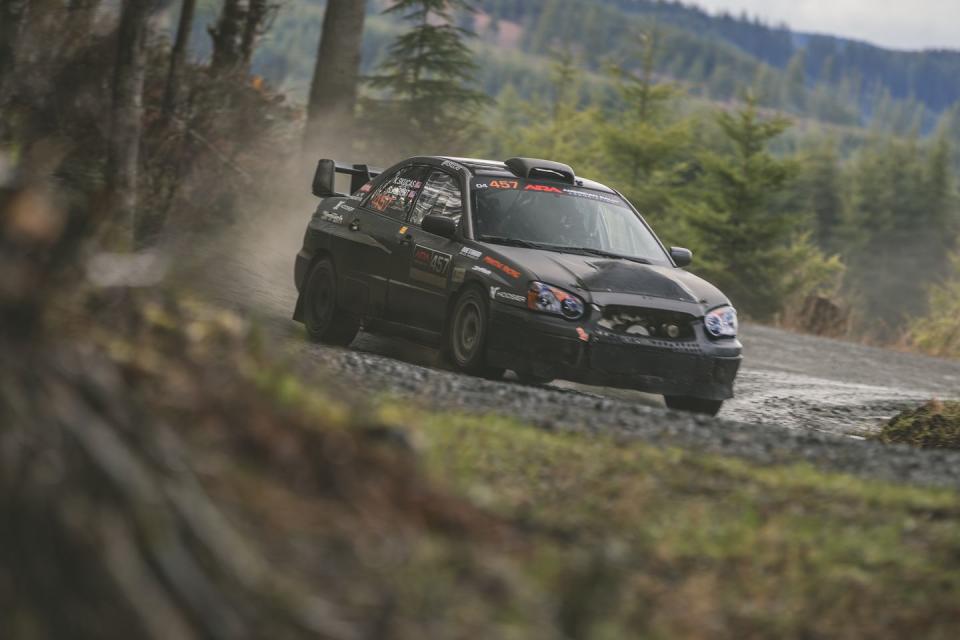
Gingras’s first rally was in 1986. Then he started racing, winning rallies, and then running rallies. Now, his daughter has taken up the passion and started racing, even moving her father from her co-driver to crew chief.
Bill Petrow and others have similar stories. What makes Petrow and others different is they left their jobs to make rally their life. Petrow owns Broken Motorsports, a shop that does maintenance, performance upgrades, race prep, and other services, and he also races.
“I quit a six-figure job with a major European auto manufacturer to do this full time,” Petrow says. “For me, it is a passion.”
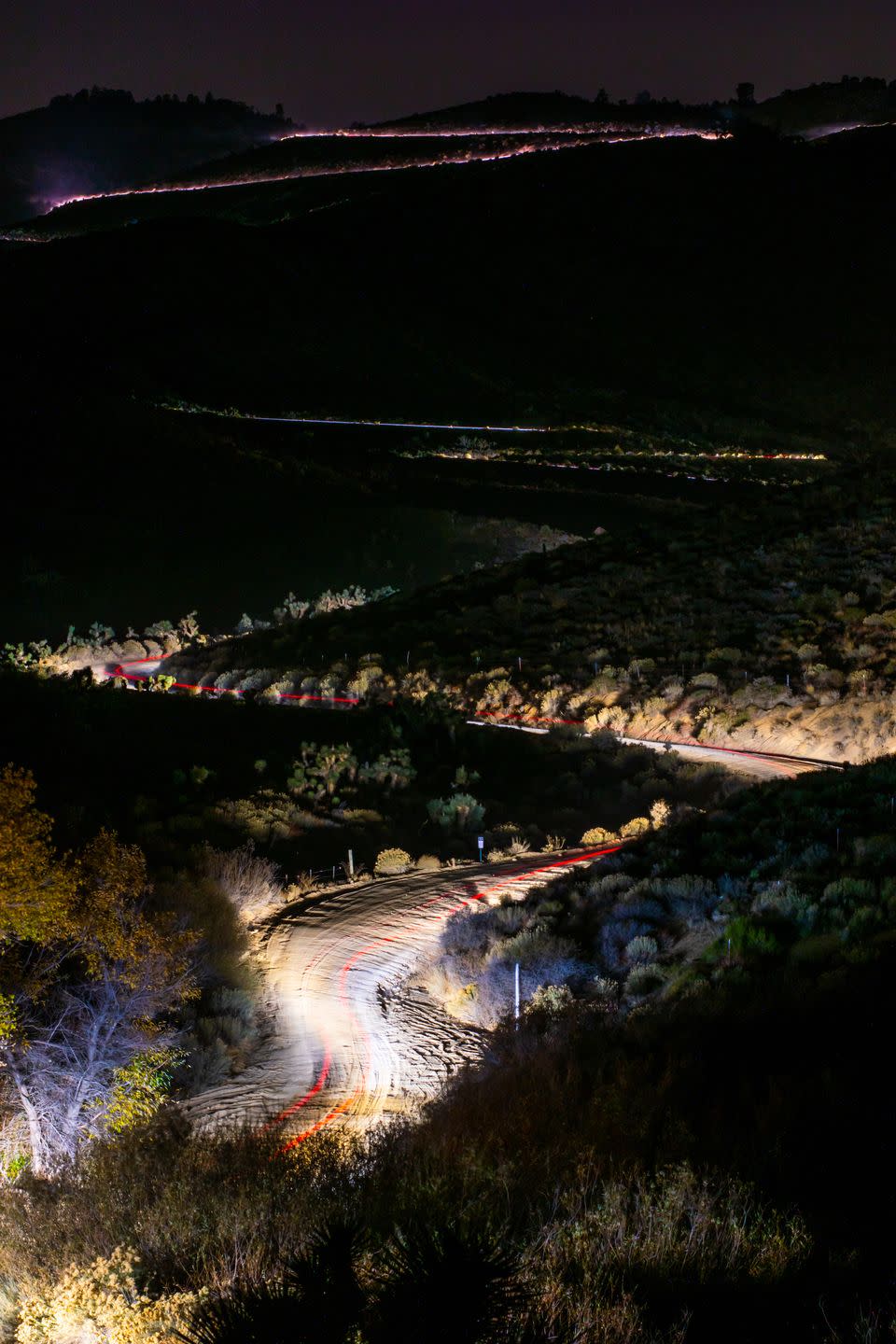
Petrow dreamed of being a racecar driver but also gravitated toward the mechanical aspects of cars. Now he’s helping people realize their dreams of racing by helping build their cars. The sport took his dream, passion, and previous job and gave him something new, even if it pays less.
Both Gingras and Petrow have seen this kind of upheaval before, in a smaller and more condensed fashion. The sport has gone through its own reckonings a few times now, with organizing bodies coming and going. One of the last major incidents during competition occurred in 2003 when Mark Lovell and co-driver Roger Freeman crashed their Subaru WRX at the Oregon Trail Sports Car Club of America ProRally.
At the end of 2004, SCCA announced it was ending its ProRally club programs due to rising insurance costs. “We were left with no alternative,” SCCA president Steve Johnson told Autoweek. Rally America took over where SCCA left off and ran the series until 2016, when the American Rally Association took control as a 501(c) nonprofit. ARA was a board-run nonprofit with Tim O’Neil as president and Chris Cyr as vice president, but they decided to sell it for one dollar in 2018 to United States Auto Club, which then shut down the nonprofit.
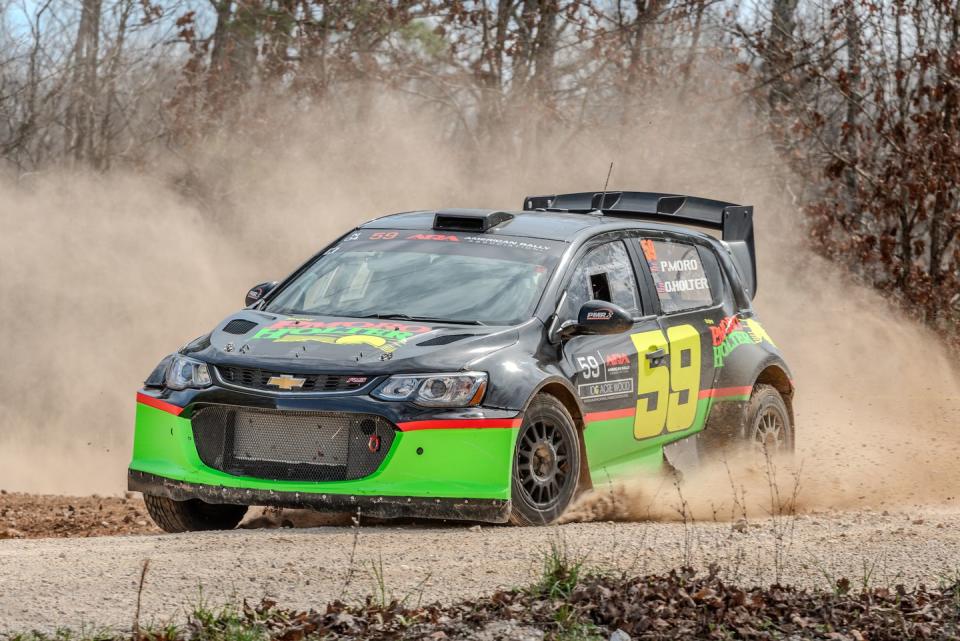
But with all of this passion, there are still struggles for a sport on the fringes. Advertising dollars don’t rain for a sport that doesn’t lend itself to television or even in-person viewing. There’s a lot of waiting for cars to fly by for a few minutes at a time, and unlike NASCAR, it’s not an oval track, where a camera or spectator can see all the action, or like F1, where the race comes to the viewers. It’s not even like motocross or other sports that can be done inside a stadium or building. And that’s made it difficult to monetize the sport and keep races afloat, never mind paying the people who put on events. It’s an old issue that Cyr saw in the past and tried to change when he, along with O'Neil and Martin Headland, started the ARA.
Cyr is the owner of the New England Forest Rally, and while last year’s tragic death of Kelly on the course left an indelible mark on him and others in the community, it’s not the reason he canceled the rally in 2024. Instead, it’s finances and a lack of volunteers.
“I’ve been involved [since 2015], and this event’s just been dying slowly,” Cyr says.
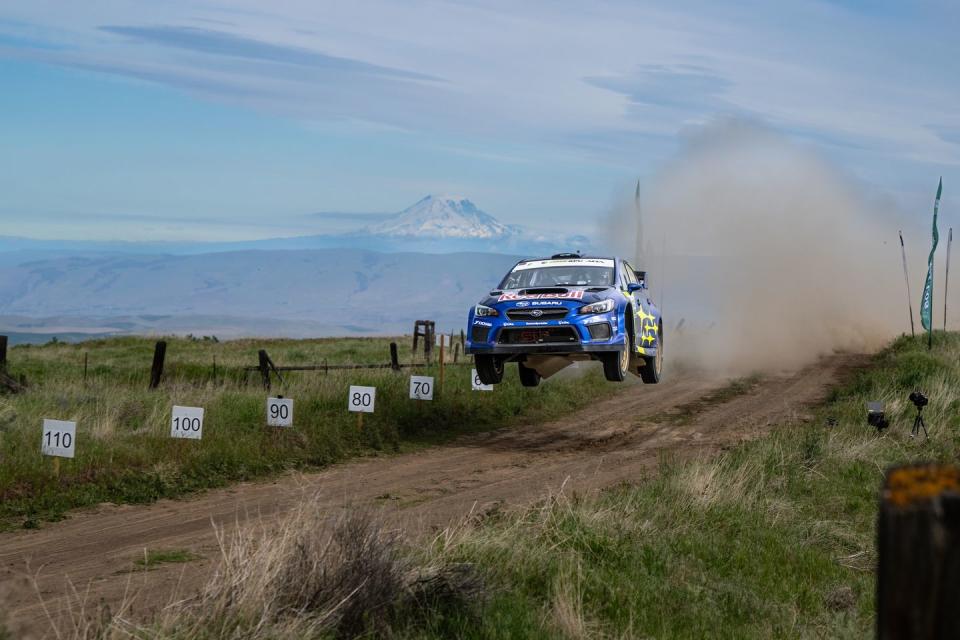
Cyr says he’s losing $5000 to $10,000 a year on the event. He’s struggled to monetize it because sponsors and other ways to generate revenue have slowly dried up as the usable roads in New England have dwindled and volunteers have retired or moved on with no one to replace them. According to Osborn, the ARA is attempting to help with volunteers.
“You definitely hear people talk about the good old days where you’d have 500-plus volunteers and 25 people on your organizer board, and that’s just not the reality that we have right now,” Osborn says. “I’ve worked with the organizers to try and make changes, bring in some fresh blood, and some events have been more successful than others. But I think it’s one of those things that’s going to be a slow and steady push rather than a silver-bullet fix.”
Cyr says the answer needs to come from the top of the community. When he helped start the ARA, the goal was to put the emphasis back on the organizers and volunteers and away from the competitors. For Cyr, rally is about the family that comes with it. There are no rallies or racers without the work that goes into setting the stages.
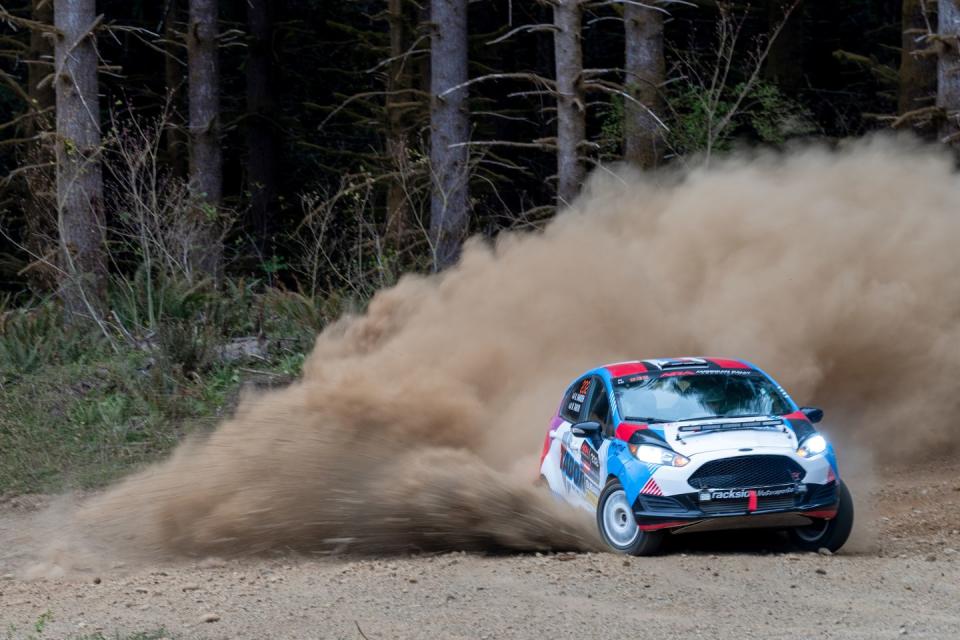
“My opinion is that event organizers are the most important component of rally,” Cyr says. “A lot of people will fight that and say competitors are the most important component, but, as of now, without events, nothing else happens. Events need competitors, yes, but I don’t know, I think there’s always a market for people to go race cars and have competitors. So I think the most fragile, most important component of rally is the organizers.”
But right now, that isn’t the way he sees the events being run. It has hurt his rally, and he’s trying to fix it, even if it means pulling back and reworking the business plan and model.
“My whole life is committed to this sport, and I do want to try to fix this. It’s not like I’m just abandoning this,” Cyr says. “I’ve spent a lot of money on this event specifically, just to keep it alive, but there needs to be a full overhaul to make it viable for the future, and [this] had to happen at some point.”
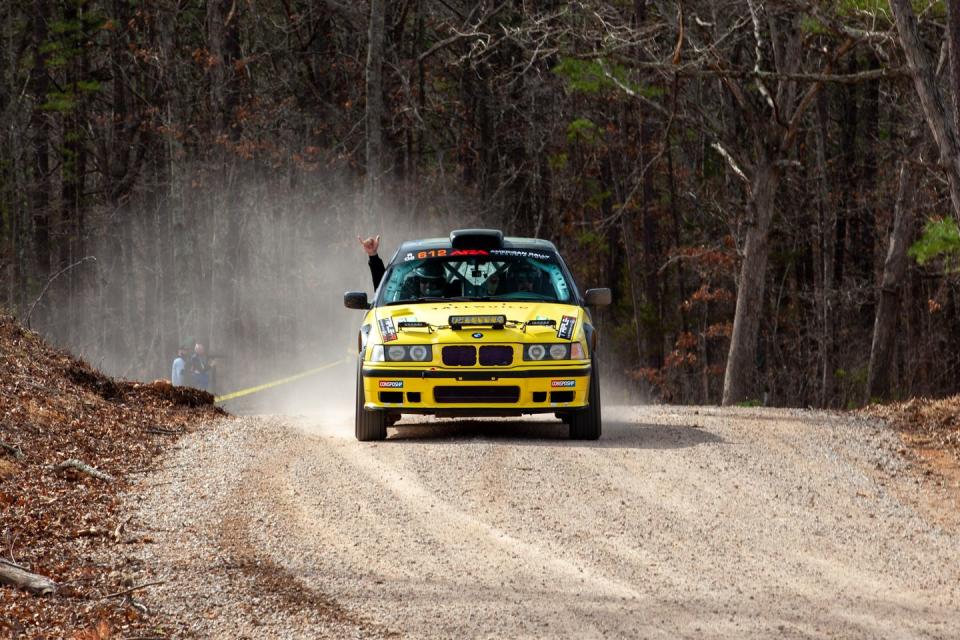
For all the issues facing the sport, there is some optimism. American rally has gone through its ebbs and flows in the past. It’s survived on the margins, and every time it looks like it will disappear, a new group comes to life to revive it. For someone like Gingras, rally has never been better. The cars are better, safer, and of higher quality. Plus, people know and understand what it is even if they don’t know, thanks to Block and Travis Pastrana, video games, and the X Games.
“I think that the sport is actually growing and looking good; I think it can get a lot better. Is it where we want it to be? Absolutely not, but I think we’re doing some of the right things, and I think we could be doing it better,” Gingras says. “But for the most part, I’m happy.”
And right now, happiness is what’s important. Tragedy comes. It begets tragedy. But one thing everyone in rally agrees on is the joy it brings.
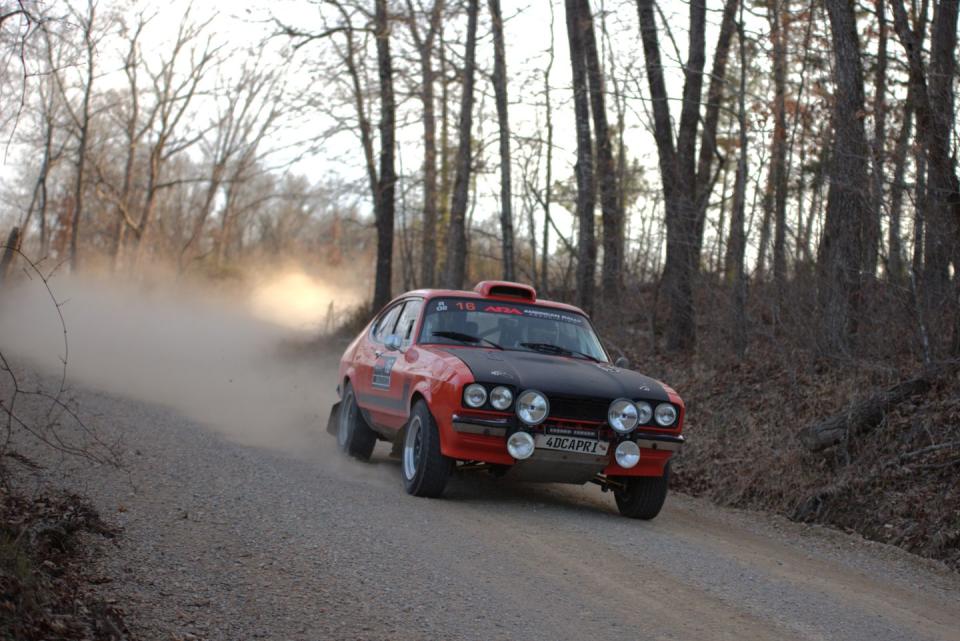
Tyler Linner is co-chief of controls for the Nemadji Rally and he knew Carlinschauer. The loss of a friend in the community was crushing. When he speaks about what happened, his voice cracks. The pain is evident. But Linner and others understand and know that the love of the sport shines through and that love pushes it on.
“The reason that everyone goes and puts in their time and their money and loses money on it and sometimes puts themselves in a car going very fast in the woods is we love the sport,” Linner says. “And it’s a passion.”

A car-lover’s community for ultimate access & unrivaled experiences.JOIN NOW Hearst Owned
You Might Also Like

 Yahoo Sports
Yahoo Sports 